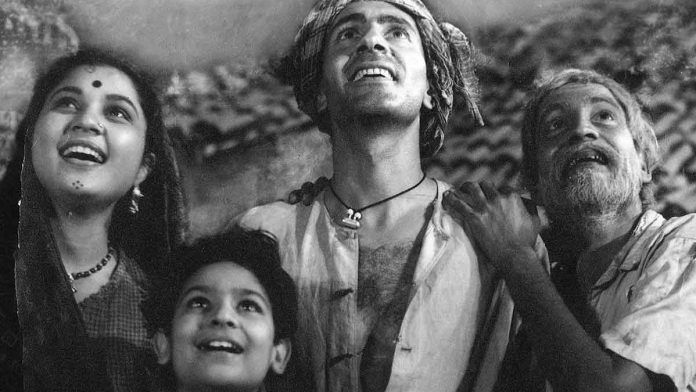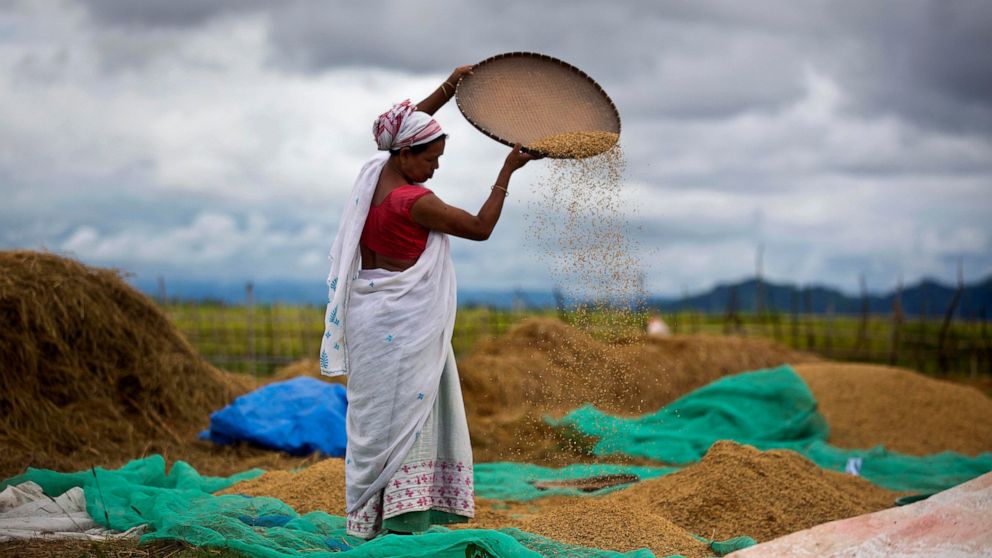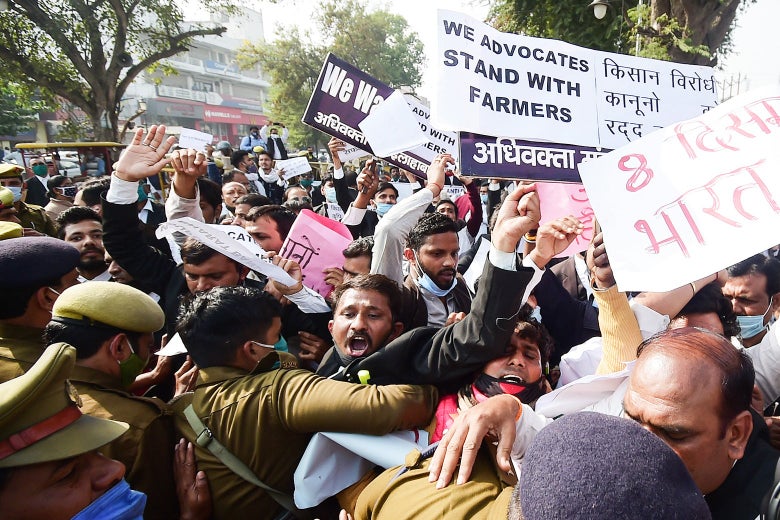A Critic's Meta Review: 5/5

Do Bigha Zamin (REVIEW)
Continuing my deep dive into the wonderful world of parallel cinema, I decided to take a little break from the vast array of Satyajit Ray classics in order to expose myself to the filmmaking techniques and story weaving abilities of some other directors of Desi descent.
Well, to be truthful...the decision was not entirely mine. In fact, I would have been perfectly happy sliding further down the Ray rabbit hole had it not been for my dadiji (paternal grandmother) suggesting that we watch one of Bimal Roy’s films last night.
Considering the fact that my dadiji is probably the only member of my immediate extended family that I feel I can wholeheartedly trust regarding matters of my mother culture (not counting - of course - all of the uncles, aunties, cousins, uncles’ aunties, aunties’ uncles, uncles’ uncles, aunties’ aunties, aunties’ cousins, uncles’ cousins, cousins’ cousins, cousins’ uncles, cousins’ aunties, etc. that have yet to abandon our precious Bhārat Mata), I was more than willing to go along with the idea. Upon a cursory sift through Mr. Roy’s collection of creative output, I soon remembered that I had actually planned to watch one of his films quite some time ago: Do Bigha Zamin.
Now, why that name had first crept onto my radar is a result of my obsession with the many works of Rabindranath Tagore, as Do Bigha Zamin is actually an adaptation of a poem written by Tagore entitled “Dui Bigha Jomi” (the Bangla translation of “Do Bigha Zamin”; in English, the title is “Two Bighas Of Land” - bigha being a somewhat ambiguous term for a quantity of land that is not directly translatable into a standard unit of measurement, such as an acre).
As I am eternally indebted to the glorious writing of the great Rabindranath, I believe it is my duty to begin this review with a brief discussion of his poem before delving into an in-depth analysis of the film that it inspired.
As is almost always the case with Tagore’s poetry, I was awestruck after reading only the first couplet; however, this was not purely due to the sheer brilliance of his writing or the radiant beauty evoked by his unique utilization of unvarnished imagery. No, what impressed me right off the bat was the simple fact that, even in English, everything still rhymed. Now, I do not speak a whole lot of Bangla, and I certainly can’t read a word of it, so it is entirely possible that the academic polyglot who took it upon himself to transliterate this thing from its original script to one that the Western reader would be more familiar with took a few liberties in terms of word choice in order to maintain a cohesive rhyme scheme...but I find that a little hard to believe, especially since it all seemed to flow so naturally - as if it had been completely untouched in any way, shape, or form. As a matter of fact, if it hadn’t been for the Bangla title, I would have just assumed from reading this translation that English was the language this poem had been written in initially.
Either Tagore is an absolute genius who is capable of layering multilingual rhyme schemes underneath one another, or he has some super crafty translators.
As for the content of the poem - seeing as I watched the film before reading it, I was not hit as hard by the story it told than I was by the story told in the film it inspired. Had I read the poem first, I am sure it would have filled me with many feelings. Nevertheless, I did not, and - as a (rather unfortunate) result - I was not.
Moving onto the film, I will note (just to get it out of the way) that the cinematography was a bit of a step down from what I had grown accustomed to after all that Satyajit stuff; although there were definitely some quite remarkable elements of mise-en-scène throughout the movie (the scene in which our protagonist, Shambu - working as a rikshawala - is ordered by a passenger to chase a woman down the street sees Roy making use of some pretty potent filmmaking techniques, such as an intensified musical score and rapidly moving camera angles), most of the camera work is not nearly as polished, with a lot of the transitions in scene and setting seeming abrupt and choppy.


But just because the film appears a bit dated does not mean its message is not still highly relevant. In fact, given the recent legal transgressions made against India’s agricultural community, the ensuing protests, and the Modi administration’s despicable response, this film is perhaps more worth watching than ever before. One thing that I, personally, appreciated was how unpatronizing this film was. With all of the cheesy Hollywood and even cheesier Bollywood flicks out there waiting for you to waste your time sitting through, it is nice to come across something that does not insult your intelligence with a happy ending you saw coming from a several bighas away (this is as much as I can say without giving too much away).




